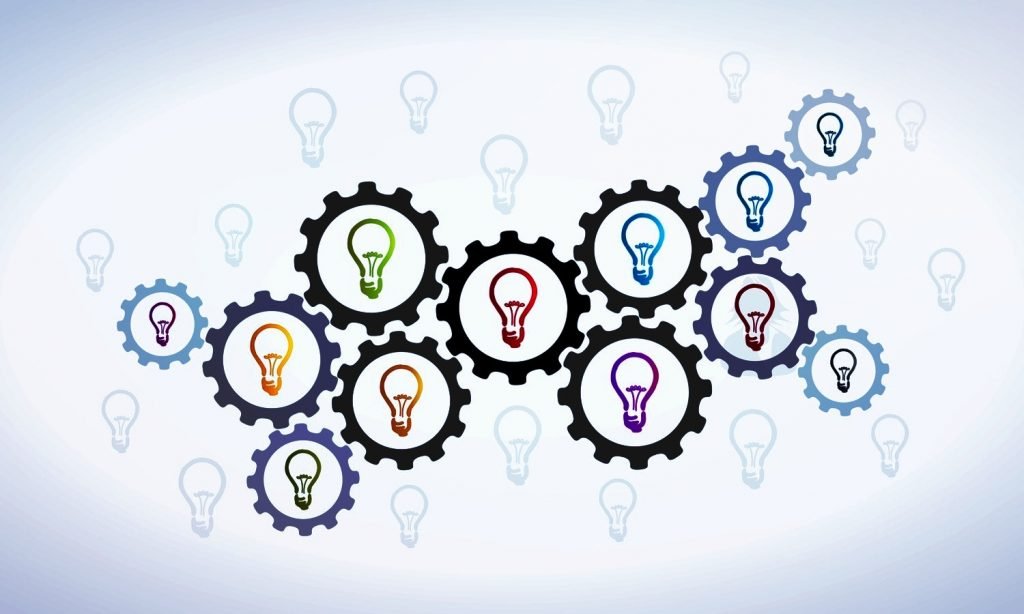What is organizational culture? It encompasses values and behaviors that “contribute to the unique social and psychological environment of an organization”. Their Meaning and Definition below are; According to Needle (2004), organizational culture represents the collective values, beliefs, and principles of organizational members and is a product of such factors as history, product, market, technology, strategy, type of employees, management style, and national culture.
Learn, Understanding explains Organizational Culture Meaning and Definition.
Culture includes the organization’s vision, values, norms, systems, symbols, language, assumptions, environment, location, beliefs, and habits.
It refers to the culture in any type of organization including that of schools, universities, not-for-profit groups, government agencies, or business entities. In business, terms such as corporate culture and company culture are often used to refer to a similar concept. Also learn, Definition of Organizational Climate.
What is Organisational Culture? with Define.
The values and behaviors that contribute to the unique social and psychological environment of an organization. As well as, Organizational culture includes an organization’s expectations, experiences, philosophy, and values. That holds it together and is expressing in its self-image, inner workings, interactions with the outside world, and future expectations. It is base on share attitudes, beliefs, customs, and written and unwritten rules that have developed over time and are considered valid. Also called corporate culture, it’s shown in:
- The ways the organization conducts its business, treats its employees, customers, and the wider community,
- The extent to which freedom is allowed in decision making, developing new ideas, and personal expression,
- How power and information flow through its hierarchy, and
- How committed employees are towards collective objectives.
It affects the organization’s productivity and performance and provides guidelines for customer care and service. Product quality and safety, attendance and punctuality, and concern for the environment. It also extends to production methods, marketing, and advertising practices, and new product creation. Also, Organizational culture is unique for every organization and one of the hardest things to change. Don’t Forget, What are Dimensions of Organizational Climate?
Meaning of Organizational Culture:
To understand the meaning of organizational culture, we must first understand the meaning of culture. “Culture is the set of important understandings that members of a community share in common”. It consists of a basic set of values, ideas, perceptions, preferences, concept of morality, code of conduct, etc. which create a distinctiveness among human groups.
When we talk about culture, we typically refer to the pattern of development reflected in a society’s system of knowledge, ideology, values, laws, social norms, and day to day rituals. Depending upon the pattern and stage of development, culture differs from society to society. Moreover, culture is passing on from generation to generation.
In simple words, we can say that “culture is a combination of factors that are learning through our interaction with the environment during our developmental and growth years”. After understanding the meaning of culture, its definition below. More learn, Explain are Evolution, Elements of an Organizational Climate.
Few Definition of Organizational Culture:
The following definitions below are;
“The organizational culture is a system of shared beliefs and attitudes. That develops within an organization and guides the behavior of its members.”
Another definition is also helpful; “The corporate culture consists of the normal values and unwritten rules of conduct of an organization; As well as management styles, priorities, beliefs and inters personal behavior that prevails; Together they create a climate that influences how well people communicate, plan and make decisions.”
“Organisational culture can define as the philosophies, ideologies, values, assumptions, beliefs, expectations, attitudes, and norms. That knit an organization together and are sharing by its employees.”
According to Edgar Schein;
“Organisational culture can define as a pattern of basic assumptions-invent. Discover or developed by a given group as it learns to cope with its problems of external adaptation and internal integration. That has worked well enough to consider valuable and, therefore, to learn to new members as the correct way to perceive. Think and feel in relation to those problems.”
All the above definitions of organizational culture stress the sharing of norms and values that guide the organizational members’ behavior. These norms and values are clear guidelines as to how employees are to behave within the organization and their expected code of conduct outside the organization.

Concept of Organizational culture:
Organizational culture in a broad sense; refers to the sum of material civilization and spiritual civilization formed by enterprises during construction and development. Including hardware and software in the organization and management, explicit culture, and implicit culture. As well as, Corporate Culture or Organizational Culture is an organization’s unique cultural image composed of its values, beliefs, ceremonies, symbols, and ways of doing things.
It is the sum of the highest target value standards, basic beliefs, and codes of conduct that are unique to the organization and followed by most members of the organization formed by the organization during long-term survival and development.
Key points of organizational culture:
The following few keys below are;
- Freshness or Innovation.
- Collaboration or participation.
- Rigorous.
- Faith or Loyalty, and.
- Integrity or honesty.
Reference:
1. What is OC – //www.businessdictionary.com/definition/organizational-culture.html
2. Meaning of OC – //en.wikipedia.org/wiki/Organizational_culture
3. Meaning and Definition – //www.yourarticlelibrary.com/organization/organizational-culture/organisational-culture-meaning-characteristics-typology-and-other-details/64091





